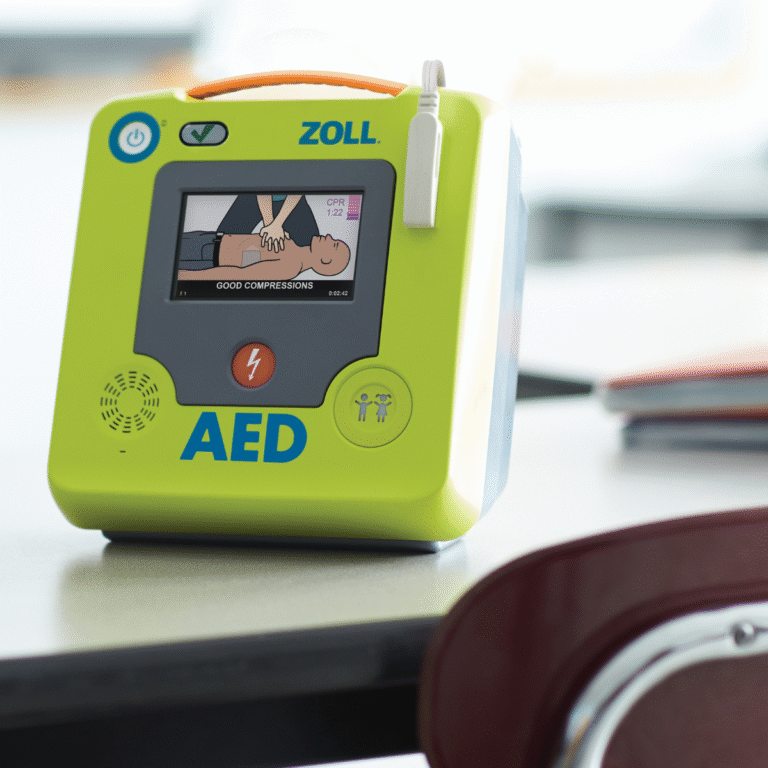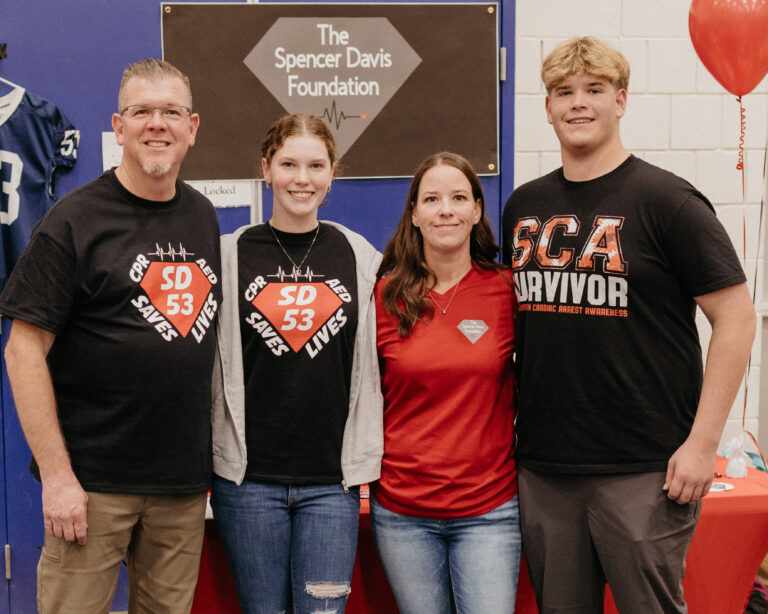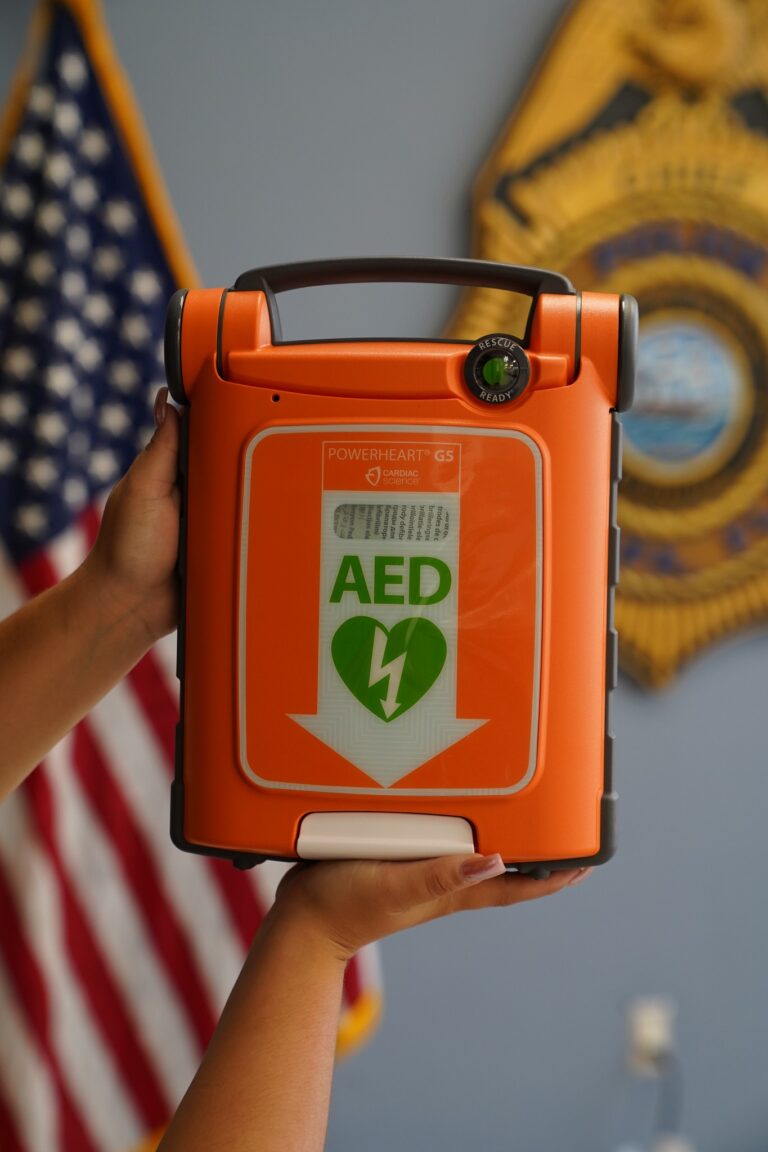3 Easy Ways Parents Can Be Proactive About Sudden Cardiac Arrest (SCA) in Youth Sports
As a parent, you do everything you can to keep your child safe—on and off the field. But there’s one medical emergency that often catches families and teams off guard: sudden cardiac arrest (SCA), the #1 cause of death among young athletes. It can strike without warning—even in healthy, active kids and when it does every second counts.
The reality is sobering, but preparation can save lives.
Here are three easy and impactful things every parent of a young athlete can do to make all the difference should SCA strike in your community:
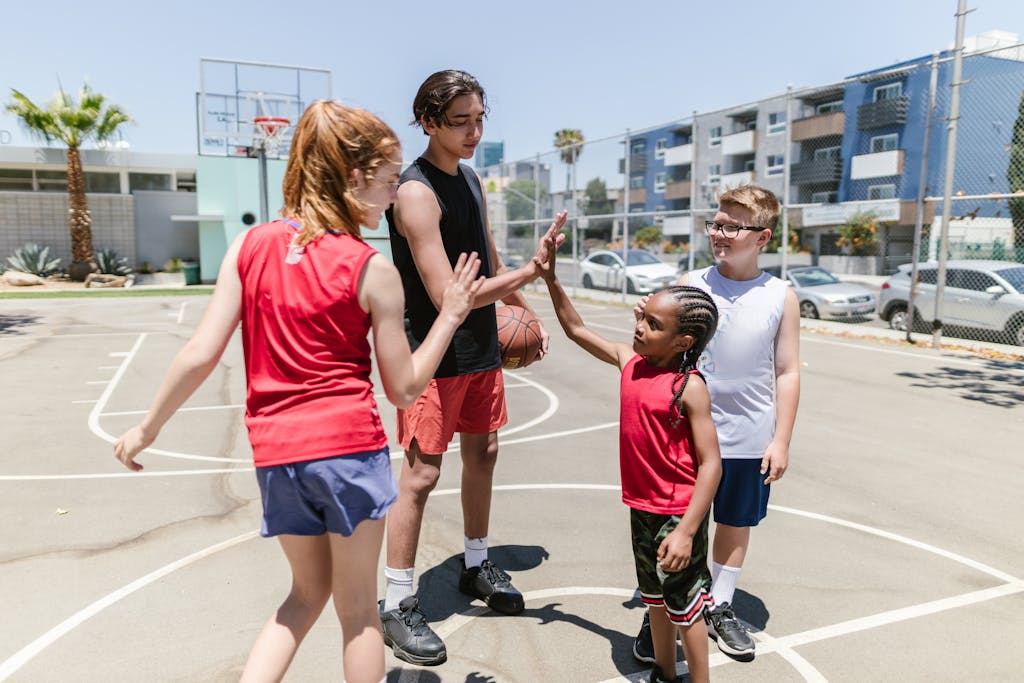
1. Ask If There’s an AED Nearby—and Ready to Use
AEDs (automated external defibrillators) are the only tools that can restart a heart in SCA. Every minute without one reduces survival chances by 10%.
What to ask your child’s team, school, or league:
- Is there an AED on-site at practices and games?
- Is it easy to access, and are people trained to use it?
- Is the AED checked regularly?
Don’t assume your school or local sports facility is protected, many states still don’t require AEDs. If you learn they don’t have one, or don’t have enough to be fully covered, check out ZOLL’s free AED Community Activation Kit. It has everything you need to raise awareness, fundraise, and bring AEDs where they’re needed most.
Tip: AEDs should be clearly visible and accessible within 3 minutes of any playing area. Large complexes or satellite fields may need multiple AEDs to meet this lifesaving standard.
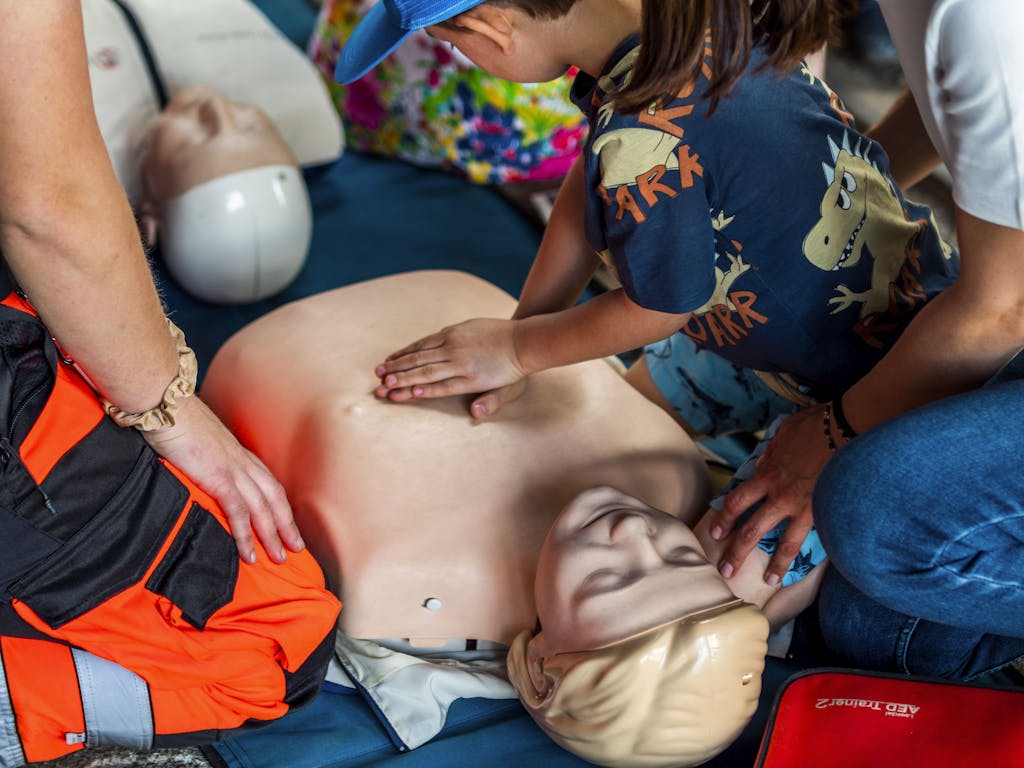
2. Learn CPR—and Look for AEDs – They’ll Help Guide You
CPR keeps blood flowing to the brain and heart until EMTs arrive. But in a high-pressure moment, even a basic understanding of CPR can feel hard to act on without help, which is where an AED comes in. AEDs are designed for anyone to use, providing real-time audio and visual prompts to guide you through CPR and defibrillation, even if you’re untrained or overwhelmed.
ZOLL AEDs go a step further, offering corrective feedback to help ensure high-quality CPR, which significantly improves survival and long-term outcomes. Pairing CPR knowledge with easily accessible and well-marked AEDs throughout your child’s school and sports facility gives bystanders the tools and confidence they need to act quickly and help save a life when seconds count!
TIP: Survival rates drop fast after sudden cardiac arrest. CPR and a shock within the first 3 minutes is the best chance for survival, but EMTs often take 7+ minutes to arrive. Make sure AEDs are on hand so anyone nearby can act immediately.
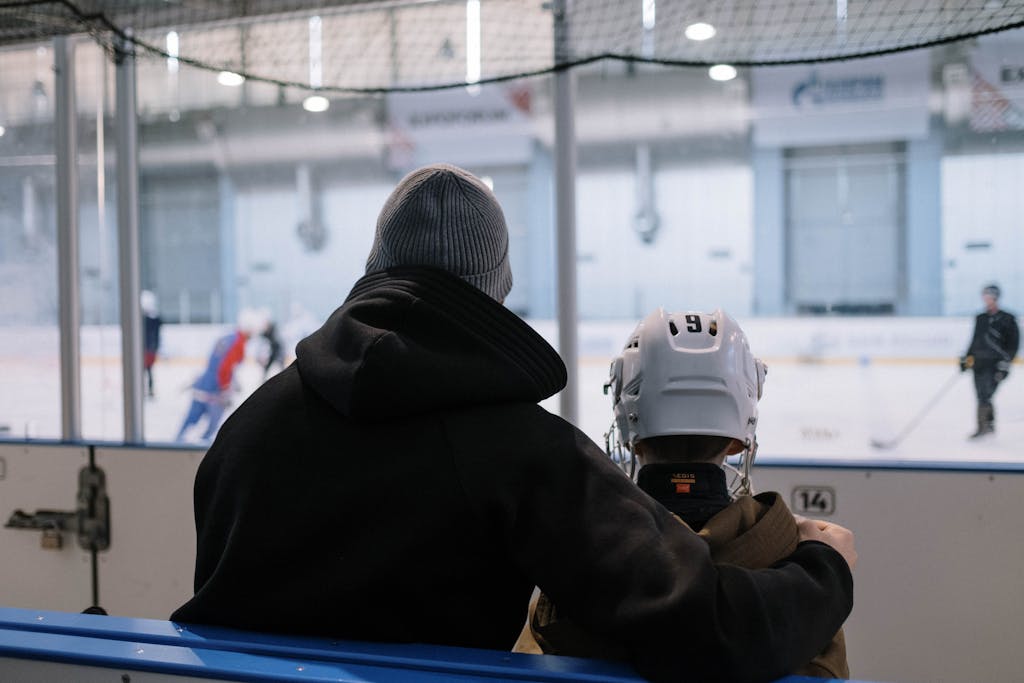
3. Talk to Your Child About SCA Warning Signs – And What AEDs Do
Sudden cardiac arrest (SCA) can sometimes show warning signs, like fainting, chest pain, or shortness of breath. These symptoms can often get downplayed, so it’s important to help kids recognize and report them right away -not just for their own safety, but so they know to tell a nearby adult and how to help others too.
Just as important: talk to your child about what an AED is and how it’s designed to guide anyone—step by step—through CPR and defibrillation. In some situations, a young person might be the only one nearby to retrieve or even use an AED. Empower them by helping them learn where the nearest AED is located at school or practice, and reassure them by following an AEDs clear, built-in instructions, they too can help save a life. Starting these conversations early builds confidence and a culture of safety on and off the field.
TIP: Nearly half of Americans are surprised to learn AEDs give real-time CPR instructions, and more than half say they wouldn’t know where to find one in an emergency. Don’t let that be you or your child. Learn how AEDs work and where the nearest one is wherever you live, learn, or play.
Sudden cardiac arrest can happen anytime, anywhere—and often without warning. As a parent, you don’t need medical training to help save a life. By asking the right questions, refreshing your CPR skills, and starting the conversation about AED awareness, you can help create a safer environment for every child. Preparation helps save lives—and it starts with you.
References
American Heart Association. CPR Facts & Stats. Accessed May 4, 2021. https://cpr.heart.org/en/resources/cpr-facts-and-stats
Mell HK, et al. Emergency medical services response times in rural, suburban, and urban areas. JAMA Surg. 2017;152:983-984.
Mozaffarian D, et al. Heart disease and stroke statistics—2015 update. Circulation. 2015;131:e29-e322.
ZOLL/Harris Poll 2024
